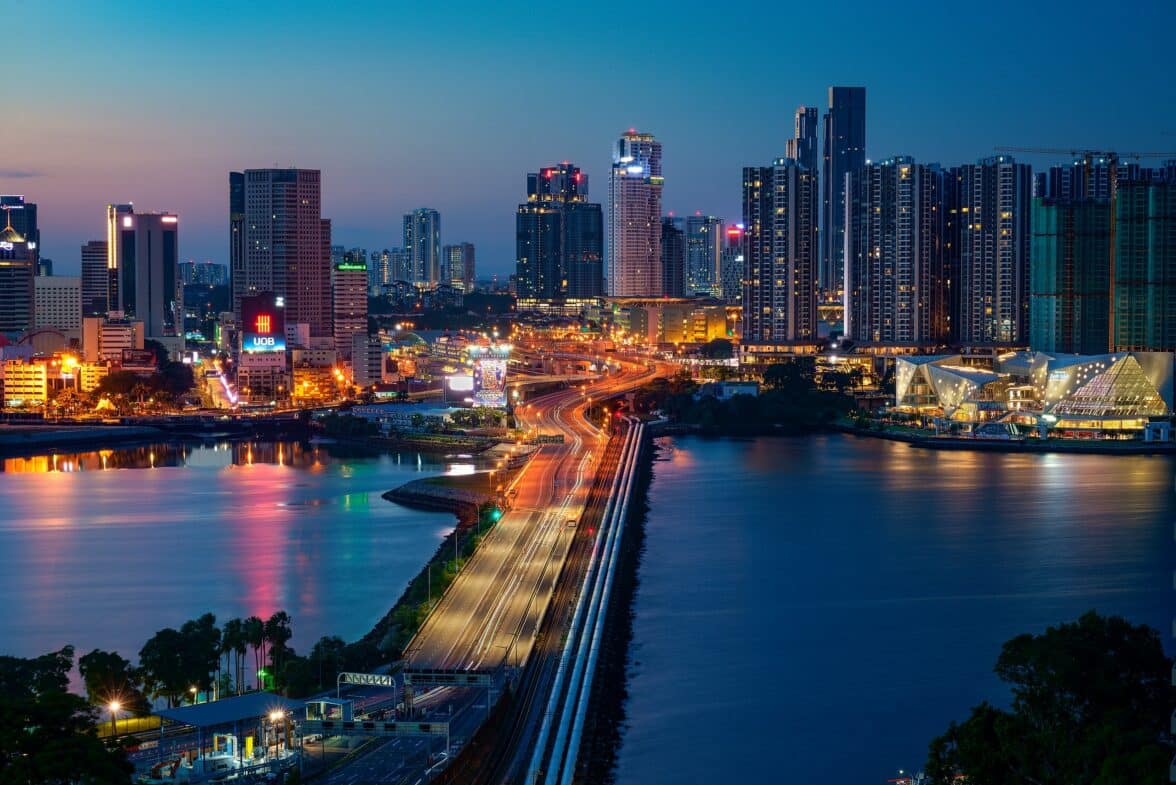
Singapore and Malaysia are to start using QR codes instead of passports at their land border, to speed up clearance of travellers at checkpoints.
The two countries last week signed a memorandum of understanding to establish the Johor-Singapore Special Economic Zone (JS-SEZ), which will see the introduction of initiatives to enhance trade between Singapore and Malaysia’s Johor state.
The neighboring territories are economically interdependent and see hundreds of thousands of people cross between them every day.
The agreement commits Malaysia and Singapore to “work towards enhancing cross-border flows of goods and people as well as strengthen the business ecosystem within JS-SEZ to support investments.”
As part of the project, the two countries have agreed they “will also explore work on several initiatives” including “adoption/implementation of a passport-free QR code clearance system on both sides, to facilitate more expeditious clearance of people at land checkpoints.”
Exactly how the QR code based passport replacement will work has not been revealed yet. Other technological measures will include adoption of digitised processes for cargo clearance.
Malaysia and Singapore are each other’s second largest trading partners, with bilateral trade growing 18.9% year-on-year to S$153bn (US$113.6bn) in 2022.
Next: Visit the NFCW Expo to find new suppliers and solutions